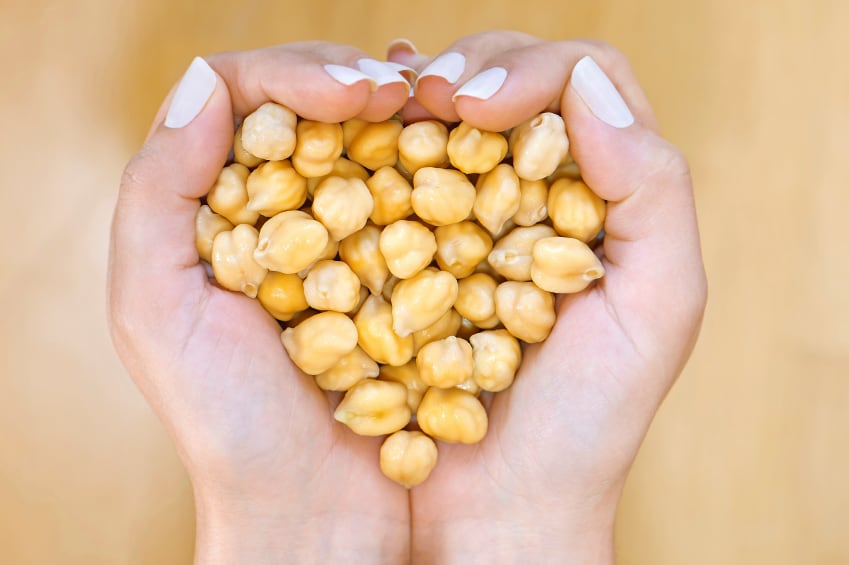In a Tereos-funded study that involved researchers from the University of Maastricht, the results saw that older men who consumed a larger dose of wheat protein saw notable gains in muscle size.
These results were only observed when wheat protein hydrolysate contained the same amount of the amino acid leucine as whey protein.
The findings identify wheat protein as a viable protein source for muscle maintenance in the elderly.
Whey protein is considered first choice among individuals looking for gains in muscle as part of a balanced nutritional regimen.
Its ability to promote muscle maintenance while losing fat has made it a favourite amongst bodybuilders and keep-fit enthusiasts. However, how whey preserves lean mass while losing unwanted body weight is not fully understood and is the subject of a number of ongoing studies.
The results in this study put a case forward for the efficacy of plant-based proteins, which have previously been deemed less potent in stimulating post meal muscle growth than animal-sourced proteins.
This is due to plant protein’s lower digestibility and deficiencies in amino acids such as leucine, lysine and/or methionine observed in certain plants.
Innovations in food processing have solved many issues with regard to plant-based protein digestibility by the production of plant-based protein concentrates, isolates and hydrolysates.
Another alternative, dairy proteins have proved potent for the stimulation of muscle protein synthesis due to their high digestibility and high leucine content, but are relatively expensive.
An alternative approach has been to blend wheat proteins with dairy-based ones. This is considered much more economical for the nutrition industry and the consumer as well as being more environmentally sustainable.
Study details

The study enrolled 60 healthy older men with a mean age of 71 years and body mass index (BMI) of 25.3 kg/m2.
On the evening before the infusion trial, all participants consumed a standardised meal composed of 16% of energy from protein, 33% from carbohydrate and 51% from fat.
These men were randomly assigned to consume 35 g wheat protein (WP-357), 35 g wheat protein hydrolysate (WPH-35) 35 g micellar casein (MCas-35), 35 g whey protein (Whey-35) or 60 g wheat protein hydrolysate (WPH-60).
Results demonstrated that the postprandial increase in blood amino acid concentrations was greater after ingesting Whey-35 than after MCas-35 and WPH-35.
Myofibrillar protein synthesis rates increased after ingesting MCas-35 and were higher after ingesting MCas-35 than after WPH-35.
The post meal increase in plasma leucine concentrations was greater after ingesting Whey-35 than after WPH-60, despite similar leucine contents of 4.4 g.
Nevertheless, the ingestion of WPH-60 increased protein synthesis rates recorded at the start of the trial.
Plant proteins not bad?

“The muscle protein synthetic response after the ingestion of wheat protein hydrolysate is lower than after the ingestion of casein,” the study observed.
“It seems likely that this is attributable to differences in amino acid composition, with the essential amino acid and leucine contents being lower in wheat protein hydrolysate than in casein.”
Plant-based proteins’ low digestibility characteristics means less dietary protein is effectively digested and absorbed. This could explain the lower post meal availability of amino acids as precursors for muscle synthesis.
“However, once freed from anti-nutritional compounds that interfere with protein digestion and absorption, purified plant-based proteins are likely to possess digestion and absorption kinetics that are not different from animal-derived proteins,” the study noted.
Source: The Journal of Nutrition
Published online ahead of print, doi: 10.3945/jn.116.231340
“Ingestion of Wheat Protein Increases In Vivo Muscle Protein Synthesis Rates in Healthy Older Men in a Randomized Trial.”
Authors: Luc JC van Loon et al.
